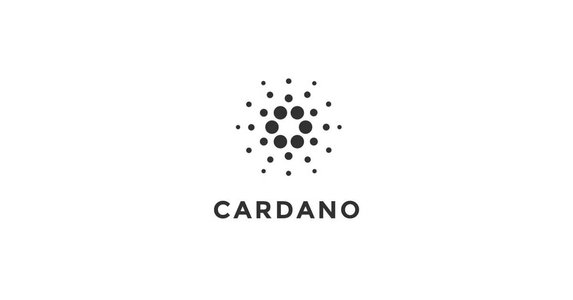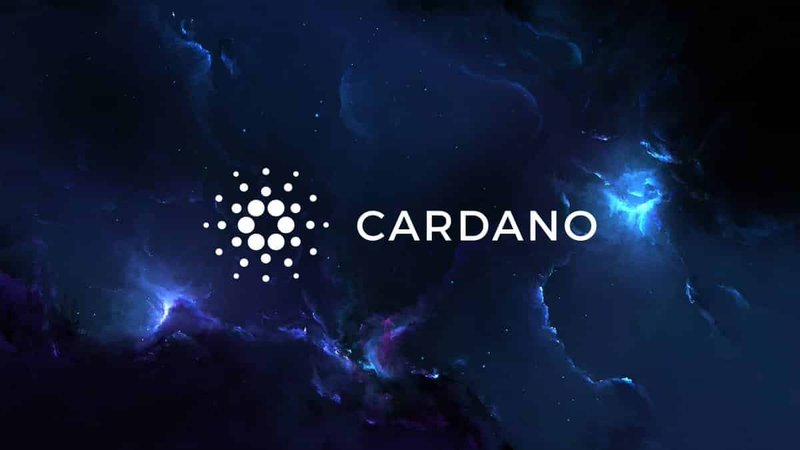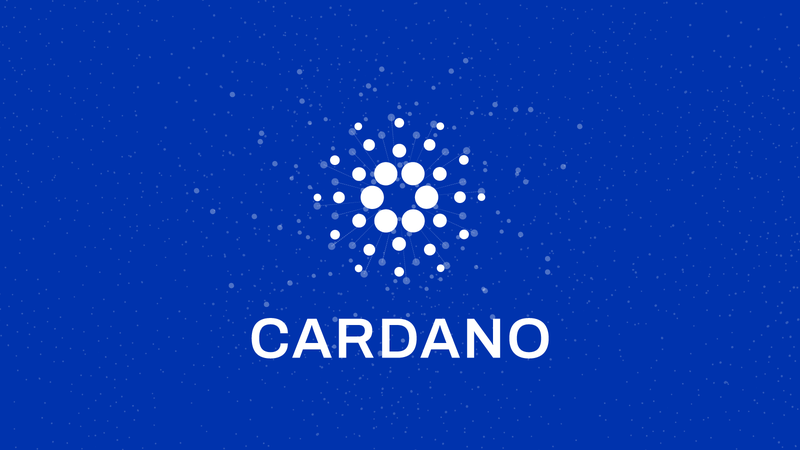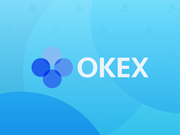Cardano (ADA)
6 minutes
Beginner
Cardano was built on a "scientific philosophy" detailed in dozens of peer-reviewed scientific papers by its founders and engineers. The Cardano network allows people to send and receive funds using its own internal cryptocurrency called ADA (named after Ada Lovelace, a 19th century mathematician who is considered the first programmer). Like other cryptocurrency networks, Cardano uses blockchain technology, but aims to be more stable and scalable than other platforms.
What is Cardano (ADA)?
Cardano is a cryptocurrency network founded by Charles Hoskinson, who previously co-founded Ethereum. He split off in 2015 to create his own cryptocurrency network, writing about his plans to "change the way cryptocurrencies are designed and developed. Cardano, unlike other networks, is based on actual data development methods, and seeks peer feedback before implementing each new change to the network.
The Cardano Foundation's website says the group's goal is to restore "trust in global systems by creating, through science, a more secure, transparent and sustainable basis for transactions and exchanges between people, systems to manage and grow businesses."
In addition to supporting decentralized applications and decentralized financial services, the Cardano platform was also created to support its ADA cryptocurrency. Although ADA is not as widespread as BTC, it can be used to make purchases through some merchants that accept cryptocurrencies.
How does Cardano work?

Cardano's infrastructure, called Ouroboros, is at the heart of this goal. Like other blockchain technologies, it is a decentralized system distributed across thousands of computers worldwide, and every transaction is recorded through a distributed registry that anyone can view. The system uses sophisticated cryptography to record and verify transactions, and users are identified only by the ID numbers of their digital wallets.
Ouroboros Cardano uses a newer technology called Proof-Of-Stake (PoS - literally: Proof of Share), and the founders say it is the first "provably secure" version. Simply put: Users get a reward paid to the ADA to stay online and help verify transactions. It is designed to be greener and more scalable than the traditional Proof-of-Work (PoW - literally: proof-of-work) algorithm used in bitcoin and other cryptocurrencies. This is because PoW requires a lot of power: new tokens are created or "mined" using many powerful computers to solve arbitrarily complex mathematical problems.
PoS networks such as Ouroboros, by contrast, do not rely on huge amounts of mining for expansion. Instead, users can choose to verify transactions on the network in exchange for rewards paid in a newfangled ADA. This is done through a mechanism called a steak pool, or server node, which can contain pooled ADAs of many users.
The steak pool operator is responsible for setting up and running the pool, which requires owning or renting a server and checking transactions, while other users can also pledge their own ADAs to the pool to increase the rewards that will divide the entire pool. These rewards are paid into the account of the operator, who divides the winnings based on a pre-agreed agreement between the group members.
Thus, trust in the pool operator is critical not only for payout, but also for accuracy: errors in verification mean that the pool will be fined, not rewarded.
Cardano Mission

Three independent organizations support the Cardano ecosystem. First is the non-profit Cardano Foundation, an independent standards body that owns the brand and oversees the development and management of the network. EMURGO is the commercial arm of Cardano, which facilitates commercial adoption and partnerships. The last part is IOHK, a technology company created by Cardano founder Hoskinson along with cryptocurrency entrepreneur Jeremy Wood, which designs, builds and maintains the platform based on peer-reviewed research.
Cardano's mission boils down to two words: scalability and sustainability. In white papers and on the official Cardano website, the Cardano community talks at length about how to take advantage of DeFi while mitigating some of the drawbacks of traditional mining.
Like other cryptocurrencies, Cardano allows users to bypass intermediaries such as banks and make transactions directly through ADA trading. This can facilitate traditional financial services such as lending and asset management. It also supports the decentralized app marketplace (dApps) by giving developers a place to run their apps without paying huge fees to companies like Apple and Google, which take a big cut for purchases made on their app stores.
Cardano also allows the use of smart contracts, a concept launched on the Ethereum network. Smart contracts are programs that are automatically executed when predefined conditions are met. They can be used for DeFi, apps, games and more, making processes and transactions fast and cheap because there is no need to pay intermediaries who spend time processing paperwork to make the transaction happen. Smart contracts can also smooth out processes in business contexts, such as supply chains, by signaling that the next action will start automatically when the conditions of the previous step are met.
Looking ahead, Hoskinson and the Cardano Foundation have divided the network roadmap into five "eras," named after great thinkers: Byron (networking), Shelley (decentralization), Gauguin (smart contracts), Basho (scaling) and Voltaire. (governance and self-sufficiency). Each epoch is delivered sequentially, even if the work on each occurs simultaneously.
Cardano vs. Etherium
Since Cardano was co-founded by Ethereum, the two platforms share a number of key features. Both facilitate trading of their own cryptocurrencies, allow developers to create dApps on their trading platforms and, for example, place smart contracts.
But there are important differences.
- Smart Contracts
Although Cardano offers smart contracts and plans to expand this functionality, it was Ethereum that launched this concept in its blockchain. - Market timing
Ethereum is the #2 cryptocurrency with a longer track record. - Network Governance
Cardano solicits feedback not only through peer review of its research, but also through stakeholder voting.
Concluding words
Cardano's Ada is one of the largest cryptocurrencies by market capitalization, and the platform aims to make cryptocurrencies more scalable and sustainable. Its Ouroboros infrastructure uses newer and less power-hungry PoS technology, in which Cardano grows by allowing users to earn a newfangled Ada for staying online and helping to verify transactions.
Cardano's creators see it as a tool to bypass intermediaries that slow down and increase the cost of transactions of all kinds. In addition, blockchain supports an ecosystem that can simplify traditional financial services, offers a marketplace for decentralized applications (dApps) and allows the use of smart contracts with expanded functionality planned for the future.



